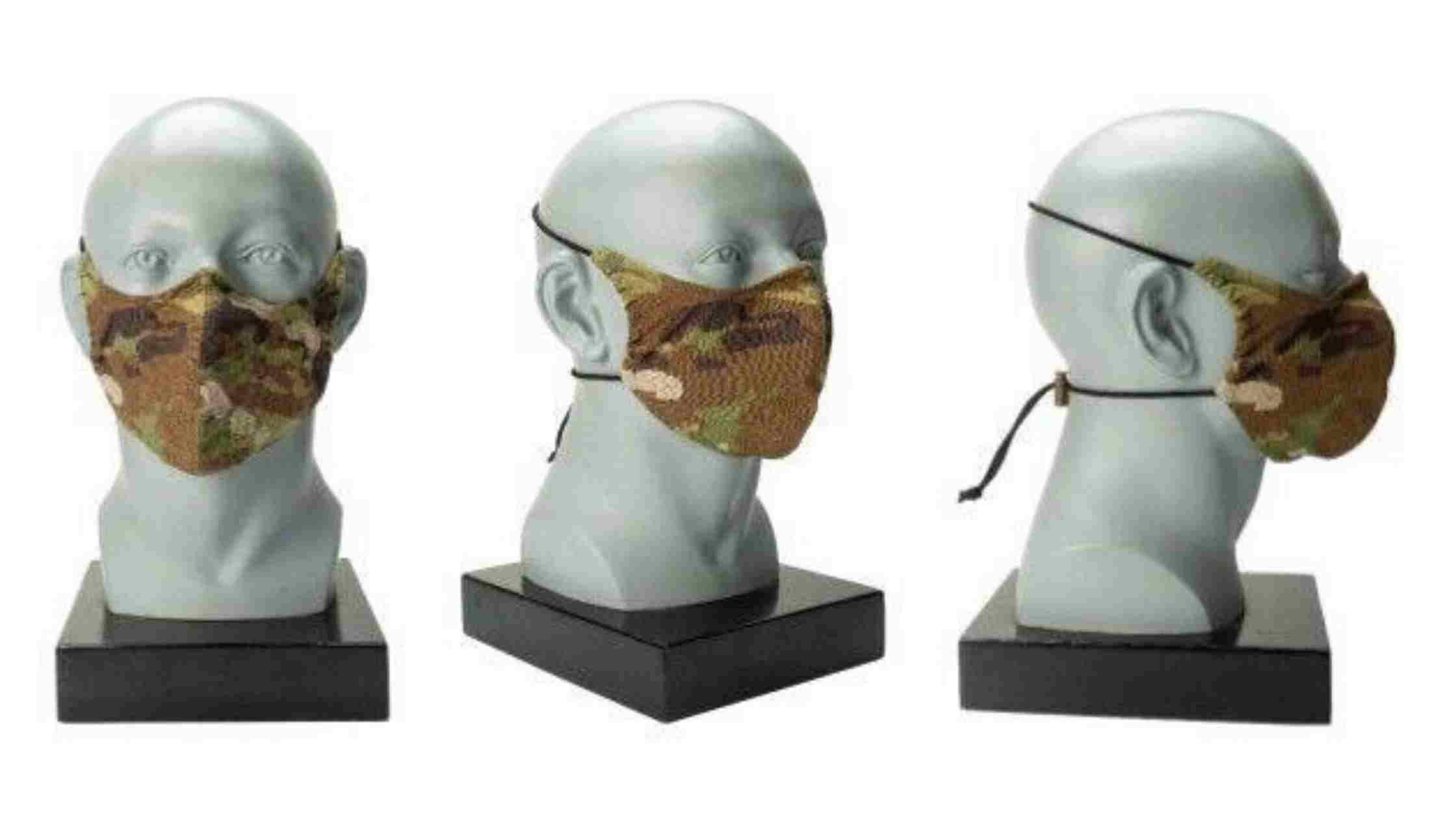If your uniform company isn’t yet feeling the pain of the industry slowdown, chances are, you’re bracing for it. After all, manufacturing output has shrunk for the last two quarters, and the ISP index hit its lowest point since 2009. While many manufacturers are tightening their belts to protect the bottom line, there’s one effective strategy that’s often overlooked: product philanthropy.
Product philanthropy simply means donating your non-selling or overstocked merchandise to qualified charities. It provides significant tax deductions that are more rewarding—and easier—than other liquidation methods, and it offers additional business advantages, too.
Every manufacturer should understand the basics of product philanthropy, how it works, and how to get started. You’ll only wish you started sooner.
How Does a Double Tax Deduction Sound to You?
No matter how you currently move obsolete product—whether you discount it, auction it, or liquidate it—chances are, the ROI is negligible. It’s time to get acquainted with IRS Code Section 170(e)(3), one of the tax code’s best-kept secrets.
Under the law’s provisions, when C Corps donate their inventory to qualified nonprofits, they aren’t just eligible for a tax deduction, but a tax deduction equal to up to twice the cost of the products they donate.
Here’s how it works. Under the law, the tax deductions are equal to the cost of the inventory donated, plus half the difference between the cost and fair market-selling price, not to exceed twice the cost.
For example, if your product costs $10 and you sell it for $30, the difference is $20. Half of $20 is $10.
So: $10 (Product Cost) + $10 (Half the Difference) = $20 Deduction
$20 does not exceed twice the product cost, so it does not exceed the maximum allowable deduction.
It sounds too good to be true, but it’s the real deal. If you start donating your stale merchandise on a quarterly basis, you may wind up with a substantial tax deduction to help offset a year of disappointing profits.
Let Gifts-in-Kind Organizations Do the Work for You
Making gifts-in-kind donations can be surprisingly easy. You don’t need to go searching for specific nonprofits that want your inventory—just partner with a gifts-in-kind organization. These 501(c)(3) nonprofits collect product donations from corporate donors, then distribute them to qualified nonprofits. Once you get the product into their hands, the organization does the rest.
Here’s the process: requesting a corporate membership is typically as easy as making a phone call or sending an email. When you’re ready to donate, you provide the organization with an inventory list. Once it’s approved, you ship the inventory to the designated location, where it’s sorted and made available to member nonprofits—such as schools, churches, and charities—via print and online catalogs.
The organization will send you the tax documentation for your records, and later, the names of the nonprofits who put your products to work.
How do you choose a quality gifts-in-kind organization? Look for one that:
- Does not charge corporations membership or donation fees.
- Accepts donations of nearly any kind at nearly any time. (Some of the most in-demand products are office and school supplies, cleaning products, personal care items, electronics, clothing, and toys.)
- Shares annual results publicly, so you know how much merchandise was accepted and redistributed in total.
Beyond Tax Advantages: Other Benefits
Tax deductions aren’t the only advantages of making gifts-in-kind donations. Product philanthropy also helps you:
- Keep your warehouse current – Studies show that the cost of storing stale inventory exceeds its value, and every square foot of wasted warehouse space costs you. Donating outdated stock frees up valuable storage space for more profitable products while enabling warehouse personnel to operate more efficiently.
- Protect your brand – Discounting and liquidating products lessens their value and detracts from your brand. Smart gift-in-kind organizations use a careful allocation system to ensure products are distributed thinly across a tightly-closed market, so your products and brand retain their value.
- Enhance employee engagement – Employees like working for companies with heart, and customers like doing business with them. Sharing the names of the charities that benefited from your gifts-in-kind donations is great content for your company newsletter and adds another dimension to your CSR program.
Of course, the biggest benefit of product philanthropy is that it allows you to make the world a better place. Product philanthropy allows you to put your merchandise into the hands of needy people who can genuinely use it while helping worthy nonprofits deliver on their mission—all while improving your bottom line. If you’re not already making gifts-in-kind donations, now’s a great time for manufacturers to start.
Gary C. Smith is President and CEO of NAEIR, National Association for the Exchange of Industrial Resources, the largest gifts-in-kind organization in the U.S. Based in Galesburg, Illinois-based NAEIR (naeir.org) has received donations of excess inventory from more than 8,000 U.S. corporations and redistributed more than $3 billion in products to more than 110,000 nonprofits. During the fiscal year 2018, NAEIR collected more than $99.5 million in inventory and distributed more than $105 million. Gary may be reached at 800-562-0955.
Joanne Levine
Lekas & Levine PR
847.327.9530
www.LekasandLevine.com













